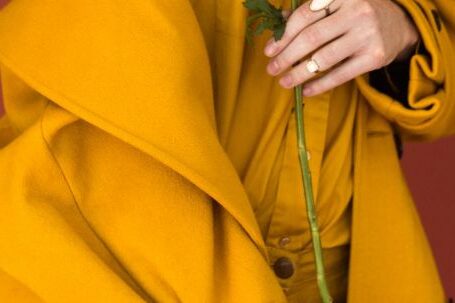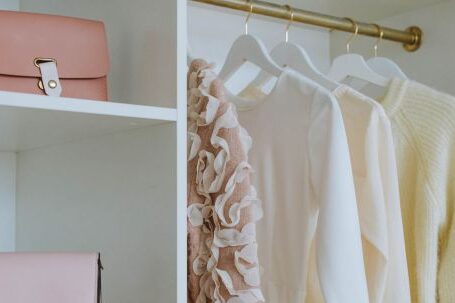Color coordination is an essential skill that can elevate your fashion sense and interior design prowess to new heights. When done right, it can create a harmonious and visually pleasing environment. However, mastering the art of color coordination can be daunting for many. Fear not, for we have prepared a crash course in this fundamental skill.
First and foremost, understanding the color wheel is crucial. The color wheel is a visual representation of the relationships between colors. It consists of primary colors (red, blue, and yellow), secondary colors (orange, green, and purple), and tertiary colors (a mix of primary and secondary colors). This tool will serve as your compass in the world of colors.
One of the simplest ways to achieve color coordination is by using complementary colors. Complementary colors are those that are opposite each other on the color wheel. For example, red and green, or blue and orange. When combined, these pairs create a striking contrast that can make your outfit or living space pop.
Another technique is analogous color coordination. Analogous colors are those that are next to each other on the color wheel. For instance, blue and green, or orange and yellow. This method creates a harmonious and soothing visual experience. It is particularly useful when you want to create a calming atmosphere in your home or express a sense of unity in your outfit.
If you’re feeling adventurous, you can explore the world of triadic color coordination. Triadic colors are three colors equally spaced on the color wheel. For instance, red, blue, and yellow. This method allows for a vibrant and balanced combination of colors. It is ideal for those who want to make a bold statement with their fashion choices or add a touch of excitement to their interior design.
When it comes to color coordination, it’s important to consider the intensity of the colors you choose. Colors can be divided into two categories: warm and cool. Warm colors, such as red, orange, and yellow, are associated with energy and passion. Cool colors, such as blue, green, and purple, evoke a sense of tranquility and serenity. By combining warm and cool colors, you can create a dynamic and visually stimulating environment.
Texture is another factor to keep in mind when coordinating colors. Different textures can affect the way colors appear. For example, a glossy finish can make colors appear brighter, while a matte finish can make them appear more subdued. Experimenting with different textures can add depth and dimension to your overall color scheme.
Lastly, don’t be afraid to trust your instincts and experiment with color coordination. The beauty of colors lies in their ability to evoke emotions and create unique experiences. Play around with different combinations, mix and match, and let your creativity guide you. Remember, there are no strict rules when it comes to color coordination. It’s all about finding what resonates with you and brings you joy.
In conclusion, color coordination is a skill that can transform your fashion choices and interior design efforts into works of art. By understanding the color wheel and experimenting with different combinations, you can create a harmonious and visually pleasing environment. Whether you choose complementary, analogous, or triadic colors, remember to consider the intensity and texture of your choices. Most importantly, have fun and let your creativity shine through. Happy color coordinating!





